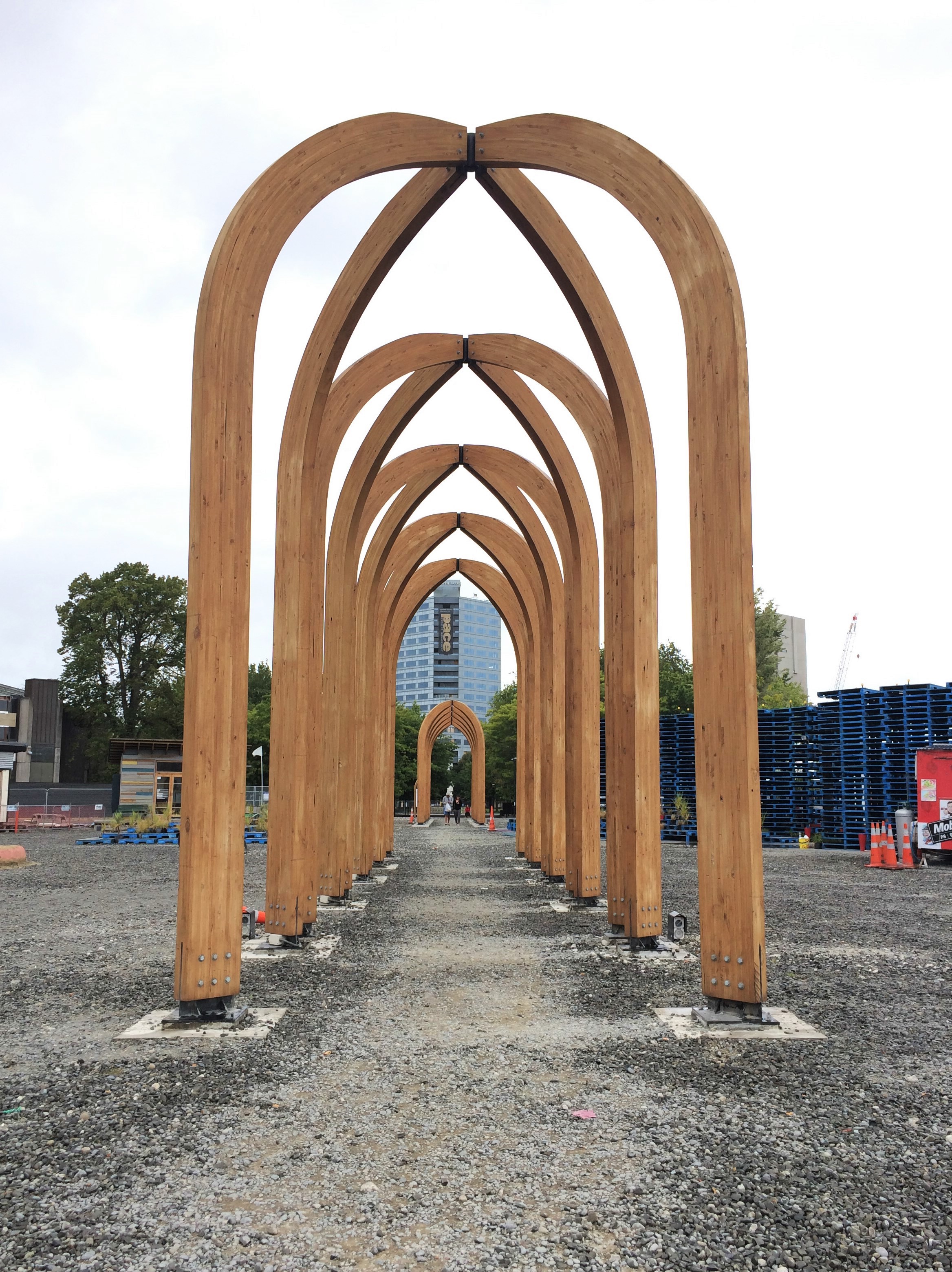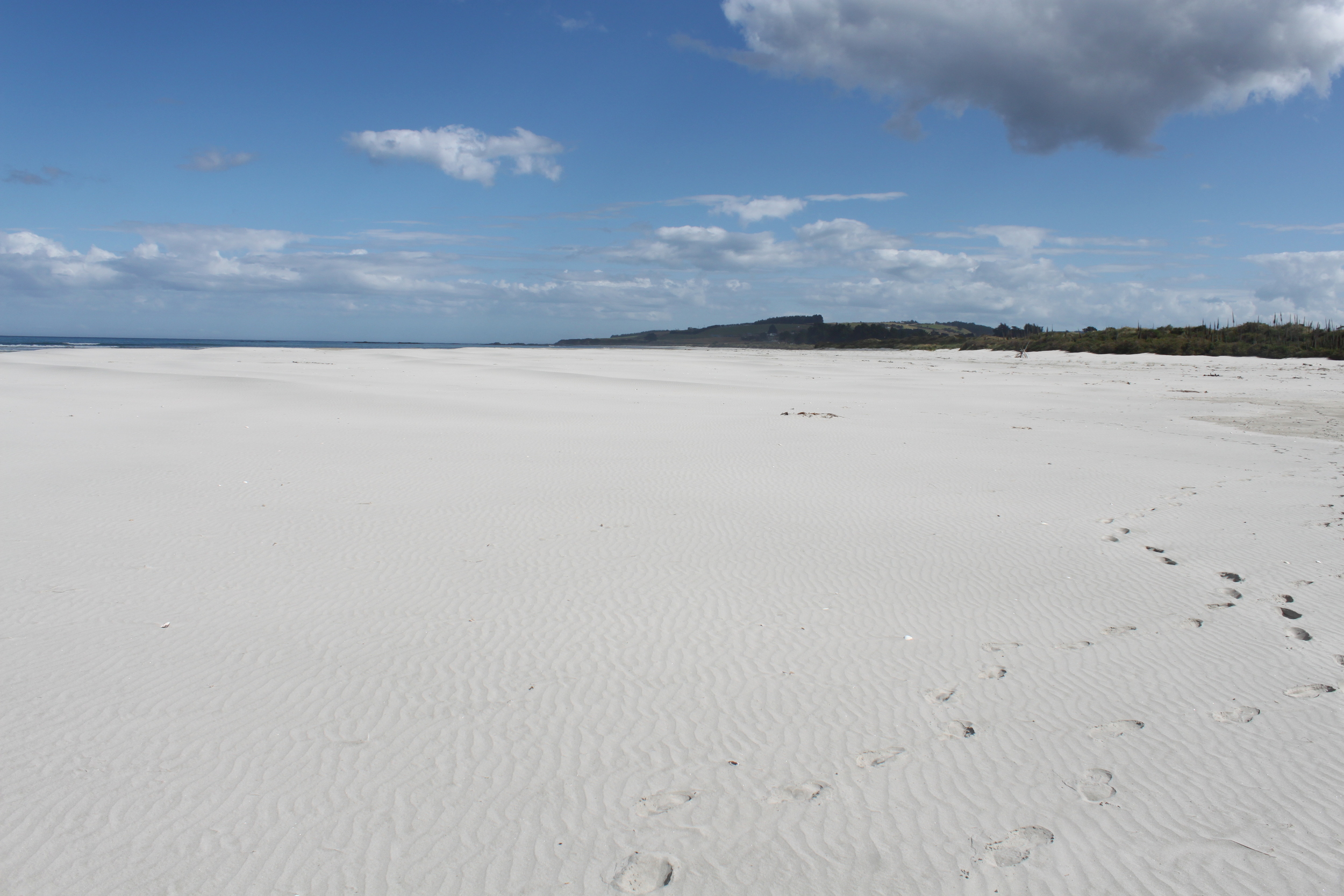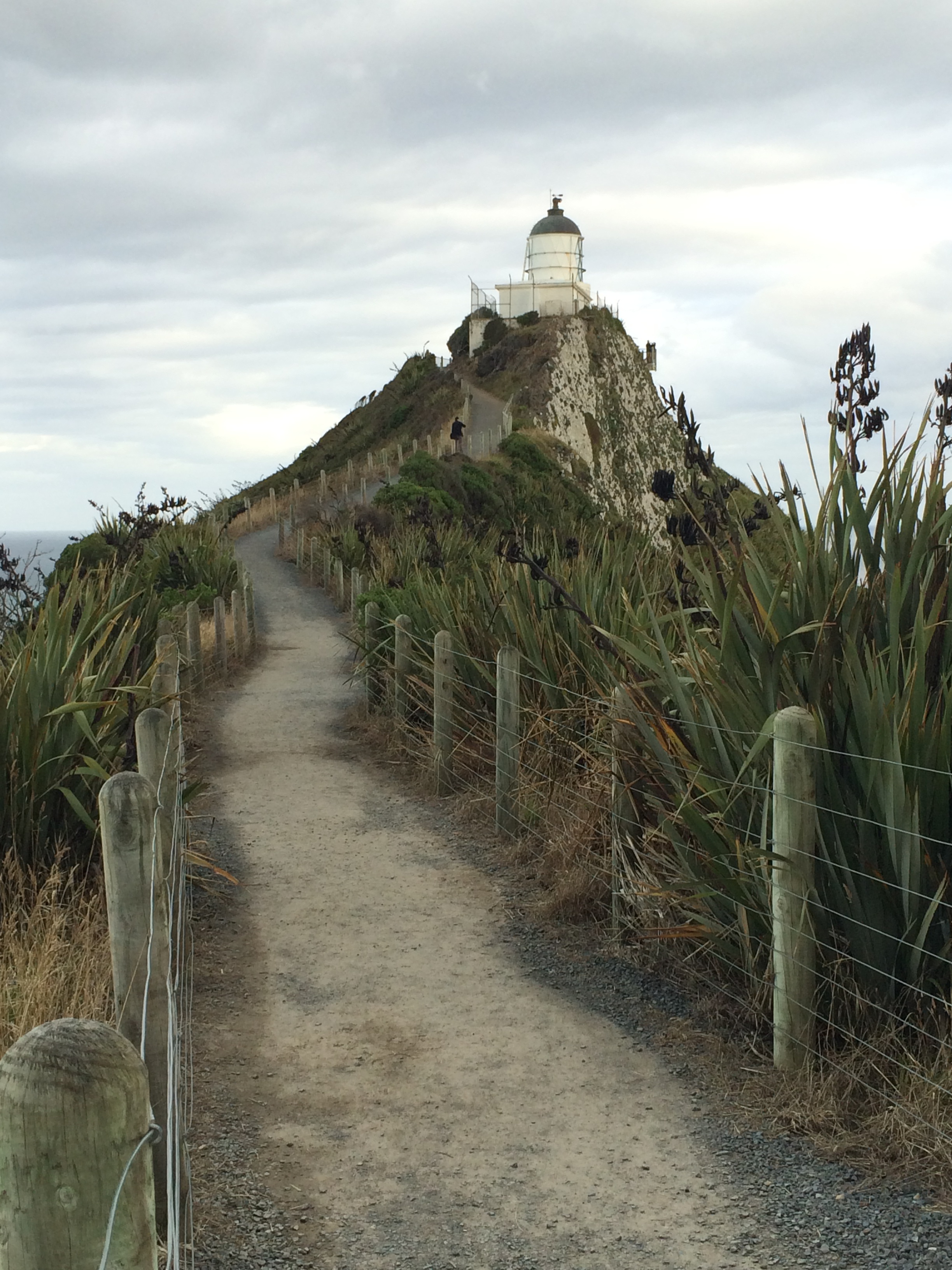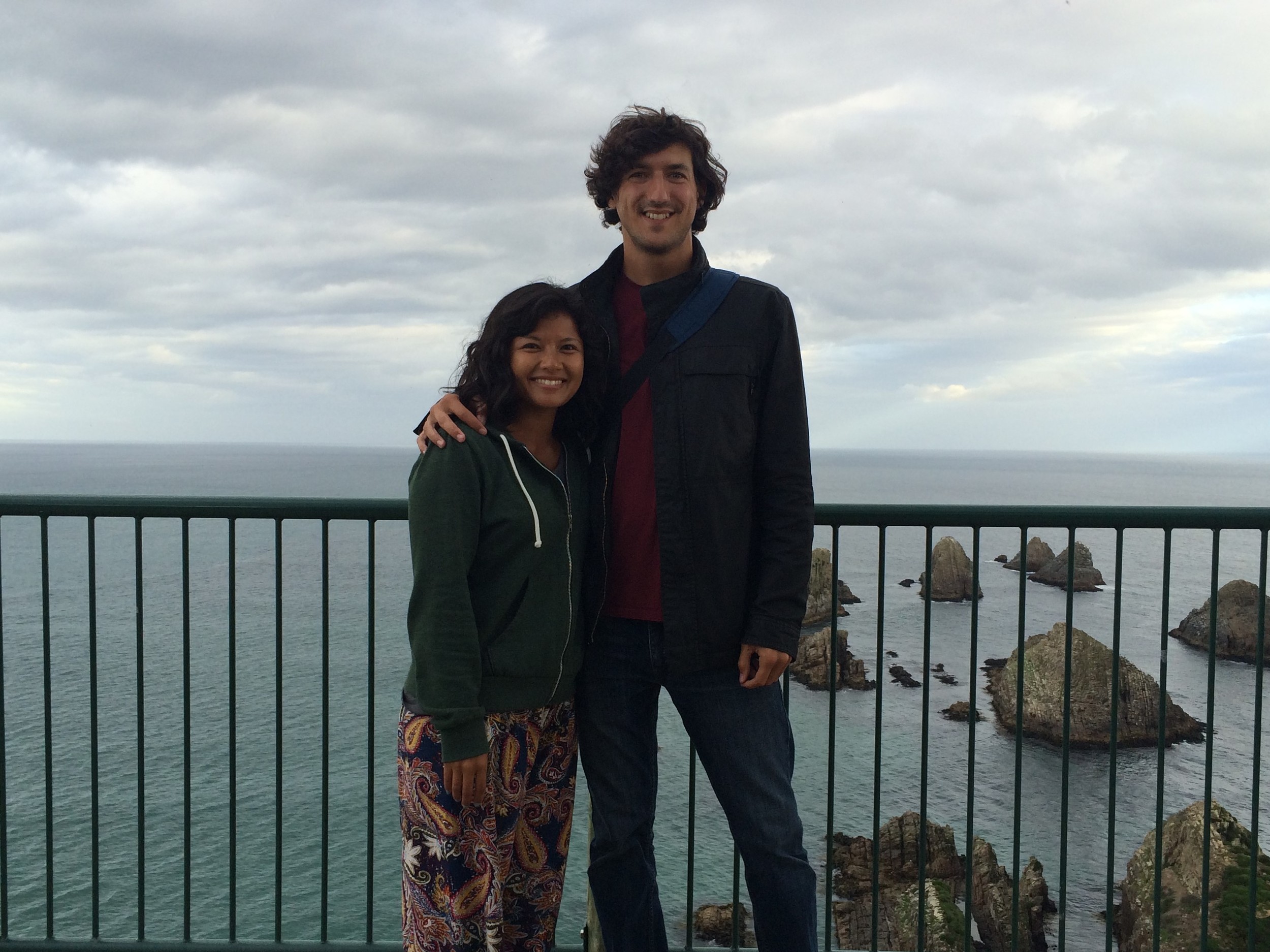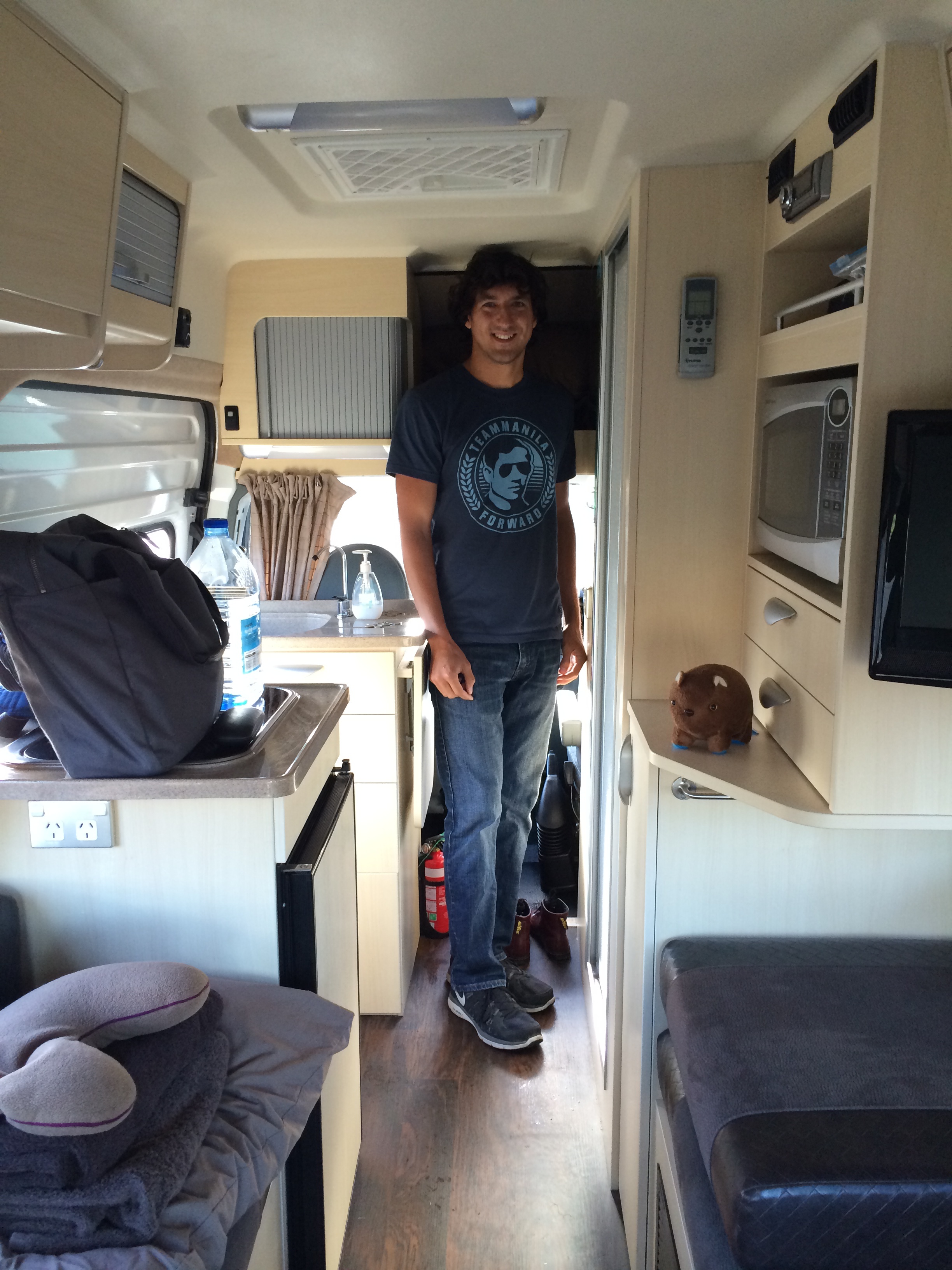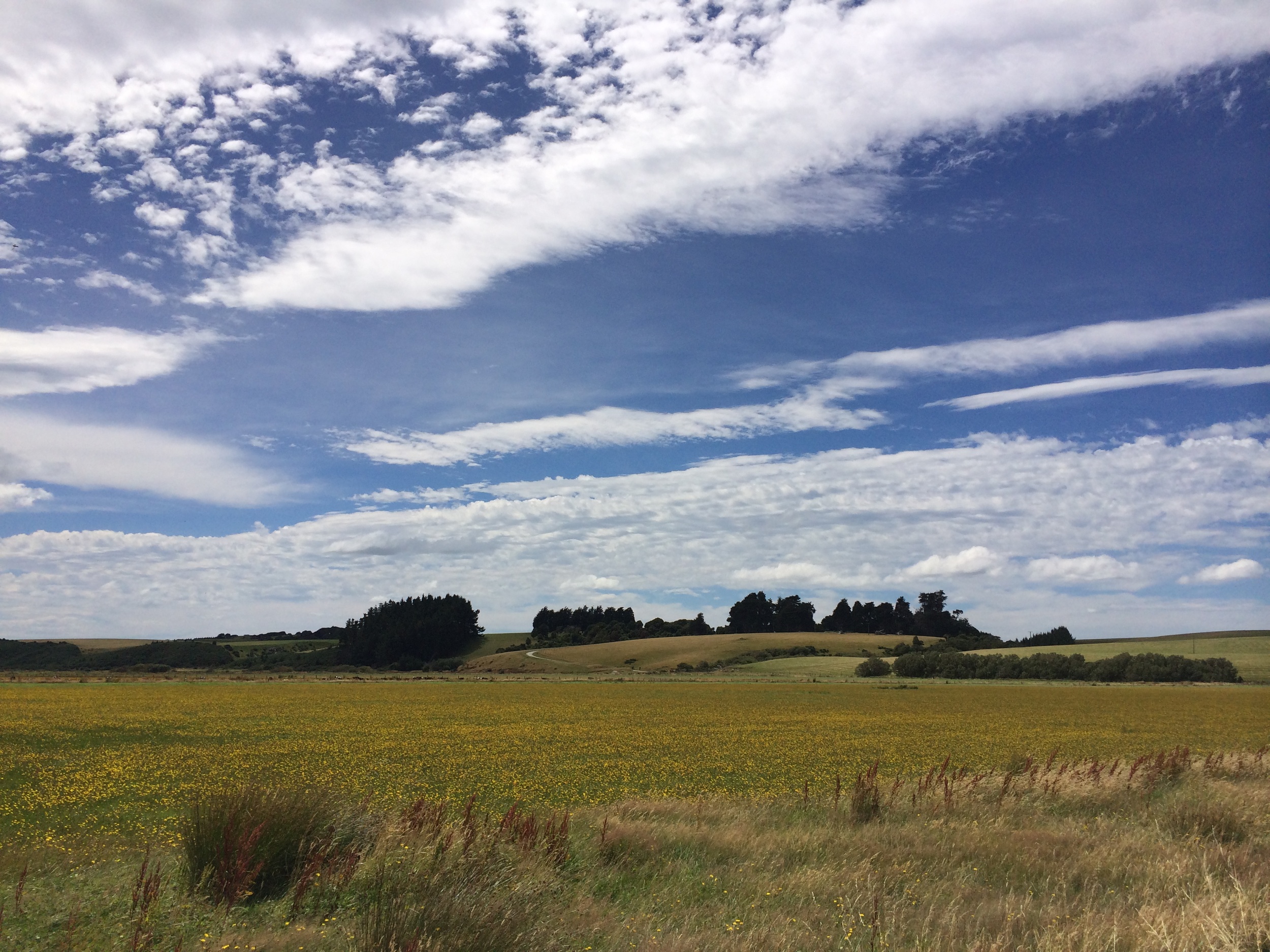south island, part 1
After our short road trip along Australia’s Great Ocean Road, we were excited to begin a much longer road trip in the South Island of New Zealand. Coming from North America, it has always looked like New Zealand and Australia are right next to each other. Of course that is not the case—Christchurch, NZ is 1,500 miles east of Melbourne and our afternoon flight got us into Kiwi-land well after dark. New Zealand really is out in the middle of the South Pacific, away from all other civilization. In our minds, it was always this far-away land that we may or may not ever see because of the time required to get there and get around the island. The freedom to not just go anywhere in the world but to take as much time as we need has been one of the best aspects of taking a full year to travel. All our lives, we had heard from American friends and New Zealand expats alike about the beauty of the South Island. Now we were finally there and we could not wait for the sun to come up.
We stepped out of the hostel Sunday morning onto a dreary Christchurch street. In hopes of finding an internet café where we could plan our route, we headed toward the city center on foot. We had heard about the devastating Christchurch earthquakes of 2010 and 2011, but didn’t expect to find the city still so… devastated. Residential neighborhoods looked normal enough, with some abandoned (probably condemned) houses here and there, but the commercial city center was a true ghost town. An entire office building fell to the ground in 2011, crushing the people inside, but most of the other high-rises in the city of 350,000 are dying a slower death. Multi-building complexes are entirely fenced off, shattered glass still sits in windowpanes, and some small retail centers still have all of their dusty, fading signs up despite empty shelves. The city’s 19th century cathedral still sits in shambles, waiting for the wrecking ball. What started out that morning as a disappointment soon became a fascinating (but sad) lesson of what a major earthquake can do to a city. We learned that many victims have moved out of Christchurch for good, heading south to Dunedin or Queenstown or north to Nelson or the North Island. Locals complain that the rebuilding process has been slowed by countless lawsuits and government red tape, and the fact remains that the city center has a long ways to go before it is even back to empty lots ready for new construction.
We continued west toward Hagley Park and the Botanic Gardens, the city’s outdoor centerpiece. Thankfully the earthquakes did not affect this low-rise neighborhood as badly, and here Christchurch looks more like a normal city. The park itself is a perfect symbol for a country that prides itself on its natural beauty. There are gardens with fantastic flowers, wide open spaces for concerts and ancient Ent-like trees towering over the landscaped paths. This was the Christchurch we were looking for. A nearby museum café served as a perfect base to spend a few hours planning before I caught a bus to the car rental area.
We had booked a “campervan” (that’s what they are called here) for 14 days and nights. We figured this would be enough time to see what we needed to see in the South Island before spending our last week in the smaller North Island. Due to an error on the part of the rental company, we ended up with a bigger campervan than we expected. This was both a blessing and a curse. It was of course more comfortable as our home for two weeks but if it were much bigger I think I would have needed a special driver’s license. Navigating this new city on the left side of the road, hoping my back tires were following the front was a little more stressful than your average day of pretirement. Despite this, it had all worked out. I got the van on time, picked up our luggage from the hostel, didn’t get lost, had a full tank of gas and was almost to the street corner where Carla was waiting for me to start our adventure. Then disaster struck. Or at least I thought it did. I went over a bump and immediately heard that sickening grinding noise that means you’re done driving for the day. Something had fallen out of the bottom of the (almost brand new) campervan and was sparking along the street while I pulled over. I got out to see gallons upon gallons of fluid literally gushing out of the car and along the gutter. My first instinct was to imagine a giant fireball engulfing the sidewalk where I stood but then I stuck my fingers in the fluid and smelled nothing but water. The campervan’s huge water tank—there is literally a bathroom with a shower in the van—had fallen out of the bottom of the vehicle before we’d even left the city.
false start.
A long powerwalk over to where Carla was waiting (and wondering), a phone call placed at the tourist info center, a tow truck and a couple hours later we were back at the car rental company for a second time. The task at hand was now planning our second night in Christchurch. Our biggest fear was that there were no more campervans available on the spot, being the height of summer, and our entire trip around the South Island would have a very different look. I thought that based on the way this one literally fell apart, there was no way it was a quick fix. Luckily for us, the mechanic said this was a common problem (really??) and he would have it fixed that same night. At least it happened before we got out of the range of tow trucks… I guess. Rather than spring for another expensive hostel, we decided to have our first night of “freedom camping” (sleeping in the van wherever you feel like it) right in the rental car company’s parking lot. This exotic location of natural wonders set the bar pretty high for our final 13 nights in the campervan.
Bright and early the next morning, we were finally off. We decided to head south along the east coast, for no particular reason. There is a long stretch of road to the south of Christchurch that is pretty flat, making it better for farming than sightseeing. However, even this is beautiful with the light blue coast to the east and towering snowcapped mountains to the west. We stopped for our first homemade lunch of smoked salmon sandwiches in the middle of an empty field along the coast. When we stepped out of the van, we finally had that feeling of pure freedom that attracts so many people to New Zealand. We were alone on an anonymous beach in the middle of the South Pacific, carrying all we needed with us, and with enough time to do whatever we wanted in the next two weeks.
wide open spaces and campervan keys.
That afternoon we saw our first natural curiosity—the Moeraki boulders on Koekohe Beach. These near-perfect spheres were naturally formed and now sit on the beach like they were placed there for decoration, giving the beach an otherworldly feel that could be the basis for a Dali painting. As we got further south, there were more forested hills than fields and sheep pastures became a common sight. When we crested the taller hills we were greeted with the pastoral landscapes New Zealand is famous for. Later we pulled into Dunedin, a beautiful college town nestled on the steep coastal hillsides. This old gold mining town, once the capital of New Zealand, immediately won us over with its charming 19th century buildings, hilly coastal views and friendly people. Or maybe I just like it because the name sounds like it was dreamed up by J.R.R. Tolkien.
After cashing in on some half price pizza and beer we headed east to our campsite. Our first night of staying in a real campground brought some challenges (how do I back this bus into the in the parking stall in the dark?), annoyances (they sell wifi access by the megabyte?) and a pretty cool surprise the next morning. The couple parked next to us was sitting out having breakfast and after hearing their American accents we soon started chatting. Gary and Susan were retired New Englanders who love the outdoors and enjoy freedom about as much as we do. For now they had turned their backs on the comfortable life in New Hampshire and instead bought a small van in New Zealand to call home for a while. After maybe three hours of talking at the picnic table that sunny Tuesday morning we all felt very close, and we are still in touch. It is always refreshing to meet successful, intelligent people who have been around a lot longer than us and still come to the same conclusion: life is too short to be comfortable for too long.
It was lunchtime by the time we left the campsite, so we headed back into Dunedin to see what was on the menu. There are a surprising number of ethnic restaurants throughout New Zealand—even the small towns will almost always have Indian, Thai, Chinese, and plenty of other food that is not meat pies. Larger cities like Dunedin made us feel like we were right back in the East Village. We stopped in for some Cambodian food in preparation for mostly eating out of our little refrigerator for the next couple weeks. It was a beautiful day, which is somewhat rare in New Zealand (the Maori call it “the land of the long white cloud”). Finally ready to enjoy the weather, we kept hugging the east coast on the way to the southernmost tip of New Zealand. Along the way, we stopped at a stunning beach with a seemingly endless white sandbar framed by rolling hills on both sides. There was a lone fisherman on the beach casting his line into the shallow water. We spent some time just walking around this vast, empty sandbar, feeling the same kind of freedom we’d first felt the day before in the wide open field.
After several more hours of hilly views and curvy roads, we found ourselves near a well-known lookout point. It was an 8 kilometer drive down a very bumpy gravel road to get there, but we had time and we thought we might even be able to find our first freedom camping site in this unpopulated area. Driving the last stretch to Nugget Point, we kept pointing at flat-looking spots near the road, weighing the pros and cons of spending the night in each one. At the lookout point itself we were treated to spectacular evening views of the jagged coastline in both directions, as well as the several giant “nuggets” of rock out in the water. As a bonus, there was a large group of seals relaxing on the rocks below and sometimes settling disputes with a noisy fight. On the way back down from the lookout point, we came across another path to a beach where penguins could sometimes be found. I was about ready to find a place to park for the night, but Carla insisted on taking a look. It’s a good thing we did, because we caught a peek at a lone yellow-eyed penguin, the rarest in the world, just standing on the rocks. Only about 4,000 of these penguins exist today and this is one of the few places where they can consistently be found. We were finally able to put my zoom lens to good use.
The view from our window on our first night freedom camping.
Luckily for us, the early February sun stays up until 9 pm this far south. We still had just enough time to pull into the best freedom camping site we had seen, right between the beach and the rolling pastures. This was the perfect opportunity to really use our kitchen for the first time. We turned on the propane and Carla made a delicious dinner of grilled salami and cheese sandwiches with bowls of tomato soup. We washed it all down with a bottle of Australian red wine. With the ocean waves crashing in the background and the sky covered in a dome of stars, we both felt like we were in paradise.
We woke up on Wednesday morning to cereal, coffee and a beautiful view out of our “bedroom” windows. There was a small forest reserve nearby with a relaxing hiking trail that we wandered through before heading west. After a few more hours of scenic driving the land flattened out and we arrived in Invercargill, the southernmost city in New Zealand (and probably the eastern hemisphere). We had heard that this small port town is better skipped, and we heard right. For whatever reason, this was the opposite of beautiful, cheerful and friendly Dunedin. We quickly restocked the refrigerator and bolted for the long, flat farmlands to the north. Our destination that night was Te Anau, the gateway to the famous Fiordland National Park. This park is home to some of the most beautiful scenery in the world, including sheer mountains, deep fjords and the Milford Sound. We found a paid campsite with a view of the mountains that rise so suddenly out of Lake Te Anau, and had dinner watching a storm roll in over the mountains. We slept that night, warm in our campervan, listening to the rainfall and looking forward to going into Fiordland the next day.





